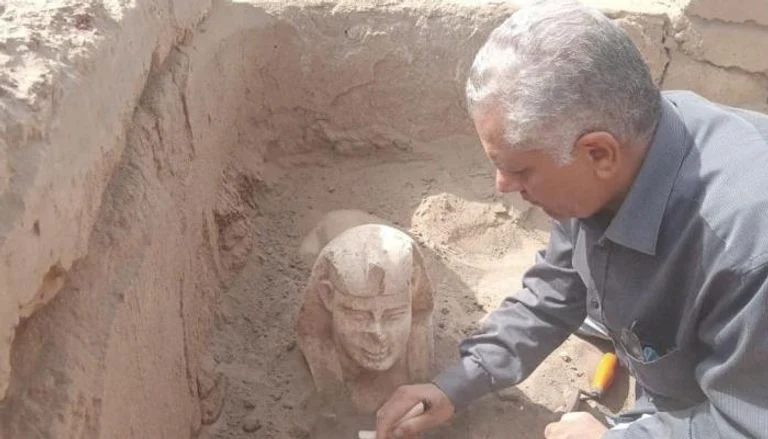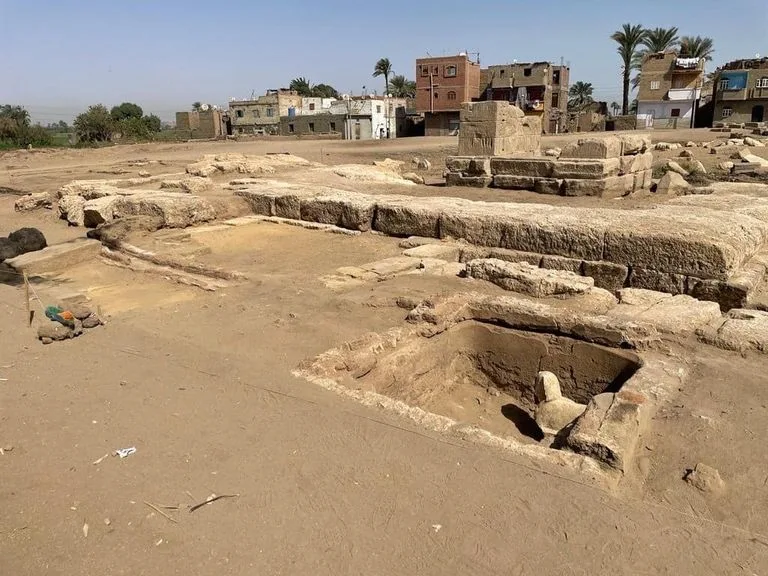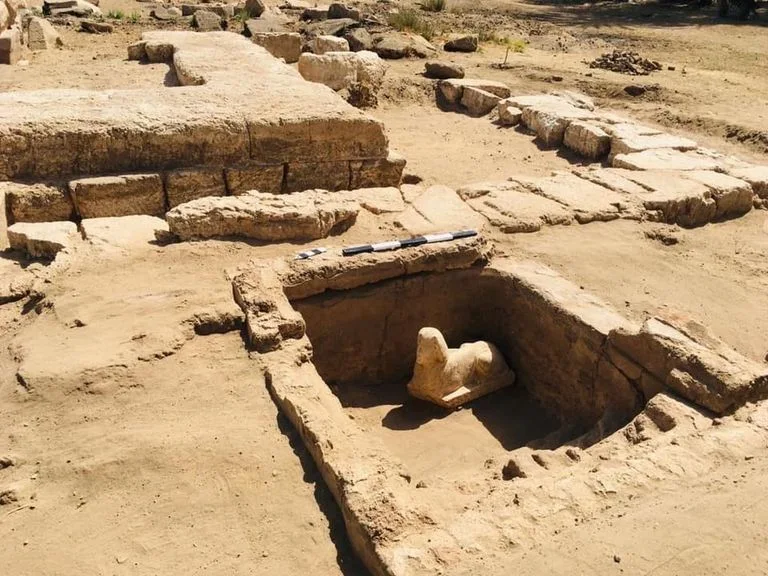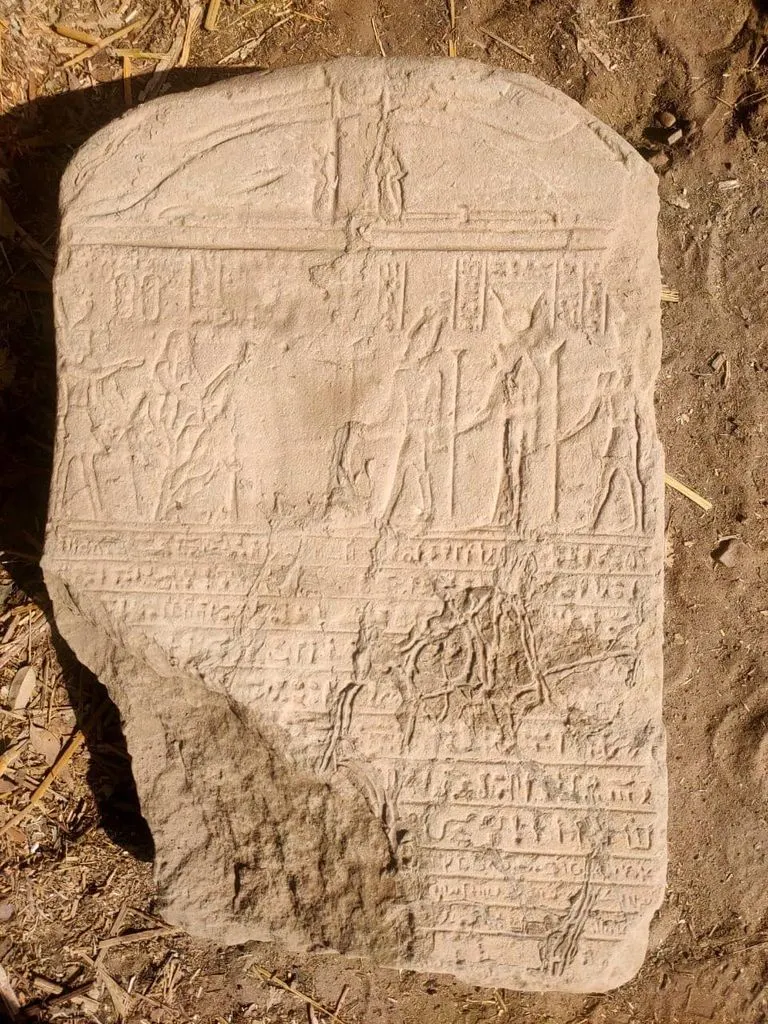Sphinx in Egypt | The discovery of the smiling Sphinx in Egypt (photos)
The Ministry of Tourism and Antiquities in Egypt announced, on Monday, the discovery of a statue of the Great Sphinx and the remains of Claudius' cabin next to the Dendera Temple in Qena Governorate.
The Egyptian archaeological mission from Ain Shams University, headed by Prof. Mamdouh El-Damaty, former Minister of Antiquities and Professor of Archeology at Ain Shams University, revealed the remains of a limestone cabin dating back to the Roman era, during archaeological excavations in the area east of the Dendera Temple in Qena Governorate, in which a temple of the god Horus was built in the Roman era.
Dr. Mamdouh El-Damaty said that the remains of the cabin are a platform consisting of two levels with a foundation and sloping floors.
He added that during the cleaning work of the basin, a limestone sphinx statue was found representing one of the Roman emperors, wearing the headdress known as the Nemes, with a cobra serpent above his forehead, indicating that the initial examination of the face of the statue indicates that it is likely to be of Emperor Claudius.
Dr. Mamdouh El-Damaty described the statue as wonderfully beautiful, as its face is distinguished by royal features depicted accurately, and a light smile appears on its lips, which have two dimples on both sides, and the remains of yellow and red appear on its face. A painting from the Roman era written in hieroglyphs and demotic was also found below the statue.
The mission will continue excavations in the area of the Horus Temple, east of the Dendera Temple, and in front of the Isis Gate, to uncover the road linking them, according to Dr. Mostafa Waziri, Secretary-General of the Supreme Council of Antiquities in Egypt.
It is noteworthy that the mission had begun excavation work in mid-February, as it conducted a radar survey of the Osirian halls of the Dendera Temple, and a magnetic and radar survey in the area east of the wall surrounding the temple in front of the Isis Gate, with the knowledge of a team from the National Institute for Astronomical and Geophysical Research.








